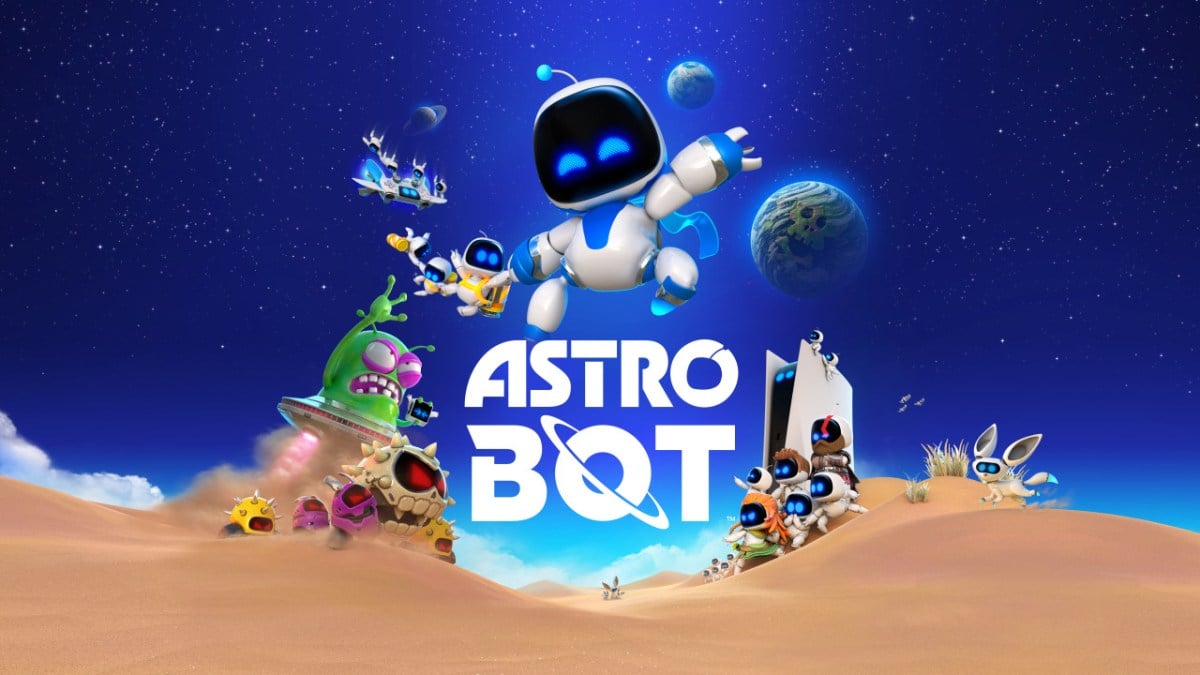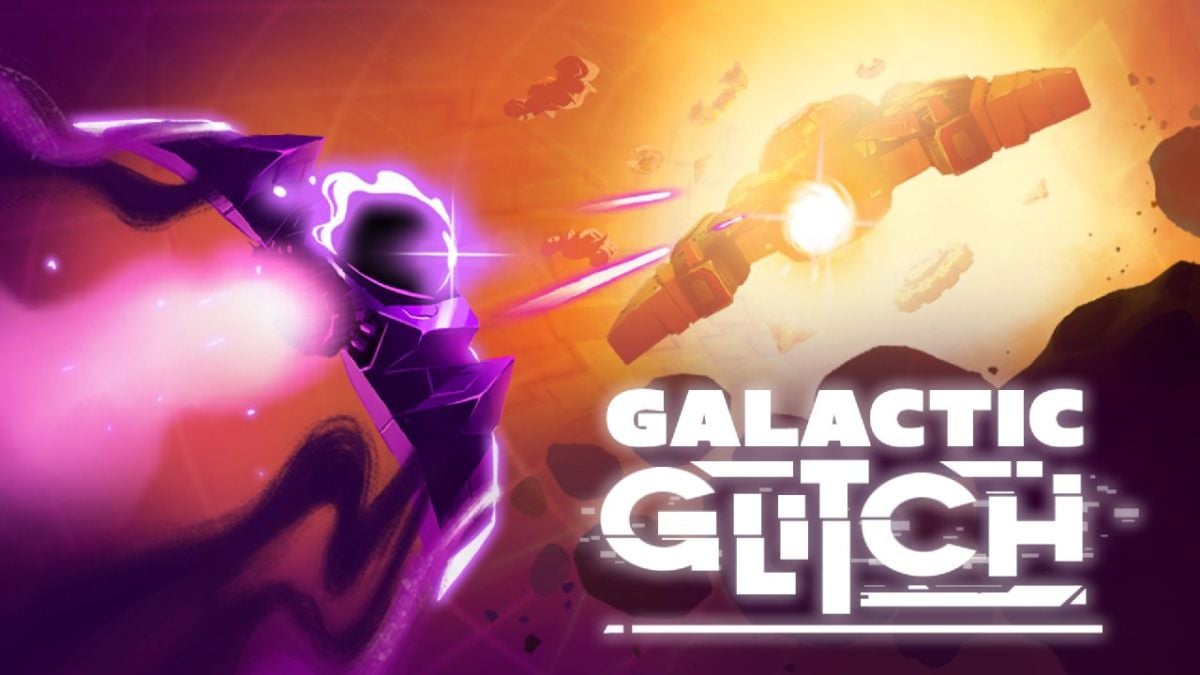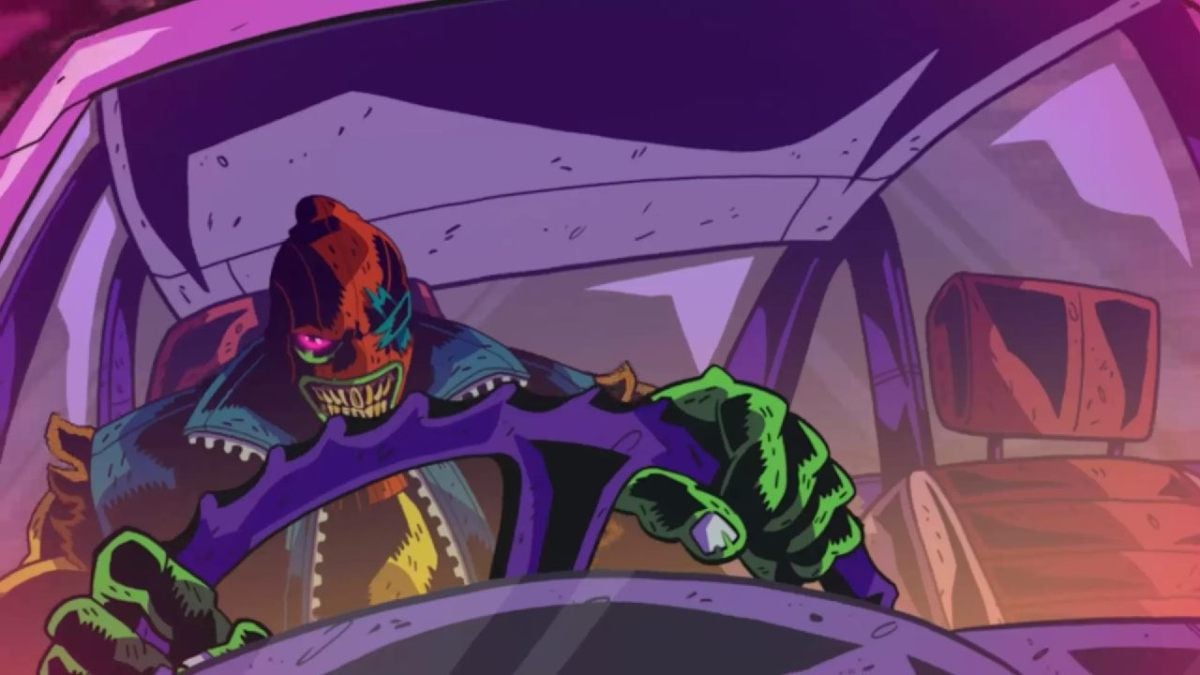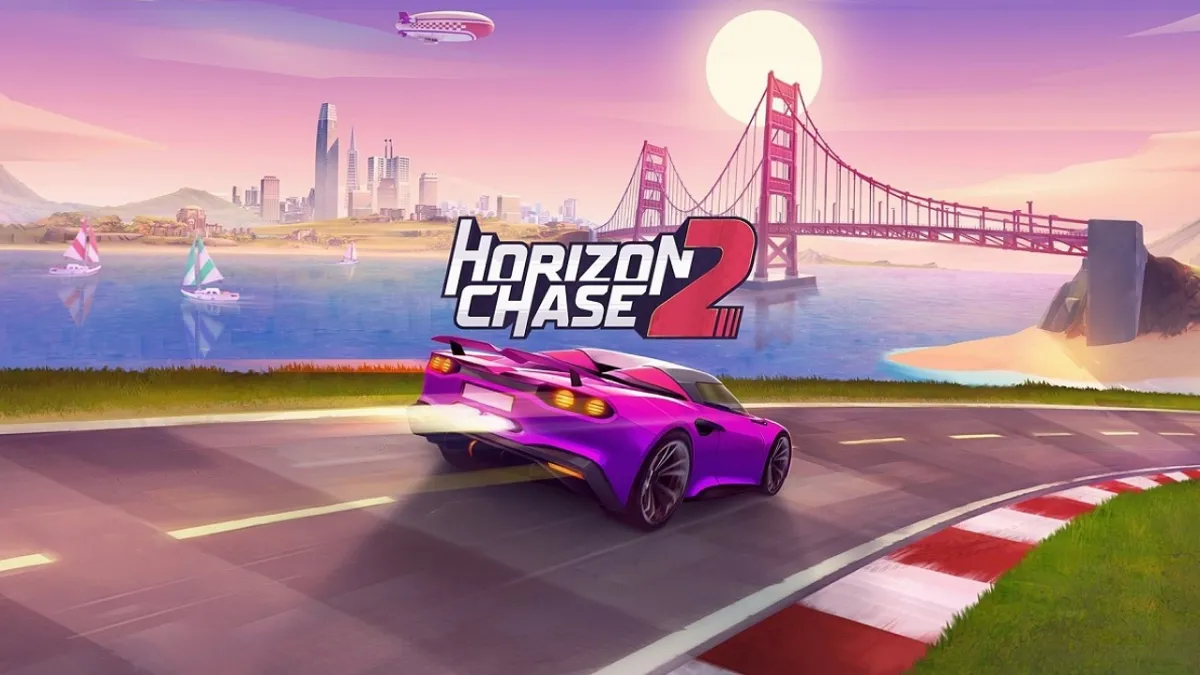Treyarch began its journey off of the established path for the Call of Duty franchise with 2010’s Call of Duty: Black Ops. Leaving the World War era behind it, Treyarch’s new story line was fixated on the Cold War era, telling a story that was more ambitious than previous games in the series. While the formula was wholly intact as far as game mechanics are concerned, they also began a transition into a more customizable multiplayer experience. Black Ops II is all about furthering this theme that was established in the previous game, enhancing the multiplayer experience, expanding the story in single player, and making the biggest zombies mode to date.
The single player campaign for Call of Duty: Black Ops II will feel very familiar to fans of the franchise. Big action sequences littered with explosions and gadgetry are what have, and continue to define the yearly Call of Duty campaign mode. Black Ops II is no different in that regard, it’s still very much the video game equivalent to the big budget action movies that you’ll find in the theater in any given summer. Players will shoot their way through two eras in Black Ops II, the Cold War era and a near future scenario set in 2025. Alex Mason and Frank Woods will once again headline the Cold War era missions that are shaped from real world events. There are of course fictional twists, but the game is somewhat rooted in reality. Public military figures like Oliver North and Manuel Noriega make appearances in their respective missions, which attempt to tie together the events of the Cold War Era with the year 2025 and the rise to power of Raul Menendez.
Minerals are at the source of a brewing “New Cold War” with China. In the 2025 storyline, the story is mostly told through the eyes of David Mason, the son of Alex, and their strange connection with Menendez. Menendez is a man that has risen to power globally, who is looking to play both sides of an international power struggle in hopes of instigating a world wide war, while seeking retribution for the wrongful death of his sister. The connection between the two eras is a strange one, Menendez and David Mason are tied together through a convoluted plot line that borders on absurdity throughout its explanation. For the Call of Duty franchise it’s more ambitious than anything they’ve done in the past, but would be considered laughable if taken too seriously. Though there is a considerable effort in bettering the single player experience this time around.
In addition to a more fleshed out story, Treyarch introduces more choice in the single player experience. Players can now select different loadouts prior to heading out on a mission, and while its not a necessary feature on the lower skill levels, having options when trying to tackle the Hardened Modes is always a good thing. Choice is also a theme in-mission in Black Ops II. There are numerous story changing events that occur in the game, these story branches will allow you to travel down multiple paths, some in meaningful ways and others not so much. These can range from very small instances that add more color to the story, to bigger plot altering events that change the outcome of the game more significantly. This first implementation of choice in the franchise is not without fault. There are many times when you can see the outcome of your decisions, and at other times its less clear, adding some confusion alongside the additional content. The good thing is that once you progress through a level, you are given the opportunity to use a campaign rewind feature that will allow you too see what would have happened had you chosen another path.
This theme of choice also carries into another new mission variation in Black Ops II with “Strike Force Missions”. Here, players are given control over a team of soldiers, drones, and other weaponry, and are tasked with securing areas or completing objectives by utilizing the units given. These usually play out in a fortify and hold scenario, where you can switch back and forth between units in what is very much like a real time strategy game with first person capabilities. Optional outside of the tutorial, these missions actually hold considerable promise, but really need more polish before they can integrate well with the campaign. At this point, the formula for Call of Duty is not one that has used controlling AI units before, and it shows.
The single player mode of Call of Duty: Black Ops II will probably see the least time spent on it by players, when you take into consideration the replay value from multiplayer and the zombies mode. That’s not taking anything away from this portion of the game, there was obviously a lot of attention given to single player, and its far from phoned in. If you’ve enjoyed previous Call of Duty campaigns, you’ll likely love this one, if just for its more ambitious approach in not only its visual fidelity but story telling mechanics and new ways to play.
Treyarch promised to make Black Ops II multiplayer a different animal, and succeeded. The near future setting for this portion of the game gives players a whole new roster of weapons and perks to use, they’ve also given players the ability to customize these weapons and perks in any way they see fit with the Pick 10 system. This system allows for an exponentially larger number of loadouts to use, and is probably the biggest change the franchise has seen in years. Weapon attachments play a larger role in the gameplay in Black Ops II as each weapon has a much longer leveling system with new rewards tied to their progression.
Levels are a great mix. There’s a nice balance in their design which makes playing with any weapon type a possibility on just about every one of them. Staggered elevations, long sight lines, and a nice spawn flow keep the action moving along in the biggest, and smallest of levels. With the pace ratcheted up, there’s still the occasional spawn in front of the enemy, a problem that nobody at Treyarch or Infinity Ward has been able to fix. The Core and Hardcore gamemodes are nearly identical to what has been offered up in previous games, with the Core offerings significantly outpacing what’s offered for Hardcore players. You’ll find your traditional modes like Deathmatch, Sabotage, Capture the Flag, Domination and others, as well as new mode called Hardpoint. Hardpoint isn’t doing anything much differently than you would find in your standard King of the Hill game mode, but is an extremely fast-paced affair that is available among the Core selections. It’s not quite as revolutionary as Kill Confirmed was with Modern Warfare 3, but the more modes the merrier.
No matter what game modes you choose to partake in, the Pick 10 system is essentially the game’s new Create-A-Class replacement. It’s been tweaked to allow players to pick 10 items to bring with them into a match. This can be any ten items. If you want to go knife only with all perks and grenades, you can do that. Want to load up on shock charges and bouncing betties? You can do that too. All options are on the table with this new system, which allows you to abandon items or perks that you may not use in exchange for ones that can better suit your playstyle. There are countless ways to customize your loadouts, and “Wild Cards” increase that exponentially. This Wild Card system allows players to further change the existing load out scheme, giving options to add secondary perks from a given class, 2nd or 3rd attachment slots for secondary and primary weapons, or extra tactical and lethal grenades, all in lieu of trading something out in exchange. In traditional Call of Duty fashion, not many options are open when you first start out, but your arsenal continually expands as you rank through the game’s 55 level progression system. Perks have been trimmed down, and those that deal with your guns have been allocated to the weapons progression system. While you’ll still unlock guns as you progress, scopes, launchers, grips, and other attachments replace some of the old perks like quick draw and others.
Call of Duty: Black Ops II isn’t a night and day change from any of its predecessors, especially in the gameplay department. Many of the multiplayer modes play very similar to what has been offered in previous games. The big changes come from customization, and scorestreaks that replace the tried and true killstreak system from the original Black Ops. This means that players will earn points for all actions in game. Destroying enemy equipment, assisting players, and making kills will net you points that go towards your Scorestreak. Depending on the rewards that you have selected, each point scored will get you closer to calling in your scorestreak reward. It’s a system that is quite similar to the Killstreak system, it just doesn’t soley rely on kills. Nor does it carry forward with you if you die. Between the scorestreaks and customization options, and new roster of high-tech weaponry, Black Ops II feels fresher than Call of Duty has felt in years on the multiplayer front, and fans will definitely appreciate the revamp. At this point, you either like the gameplay that is offered with Call of Duty or you don’t, nothing has changed so considerably that will make you a believer if you’ve been turned off by corner campers and killstreaks in the past, but its another well balanced and well crafted multiplayer experience that has a large community always looking to pick a fight.
Zombies mode is bigger, with more features for cooperative players this time around. The wave based survival mode where players are tasked with surviving an onslaught of the undead, has been tweaked to offer four distinct areas that all exist within this zombie infested Call of Duty world. In Tranzit, players will look to uncover the secrets of this new mode, while shuttling between the four zones by way of an AI controlled bus. It’s a mode that exchanges the traditional survival based gameplay for something that’s more story driven, and can be completed in a few hours time. It’s still a cryptic mode, one where players will need to learn the nuances of each area to survive, this includes turning the power on, and buying perks that’ll help you progress, as well as a light crafting system in each area. Tranzit isn’t quite the game changer that it may have been advertised as, but its an improvement for players that wanted a little more out of the Zombies gameplay. For those that enjoy the traditional survival mode, there’s that too, as well as a new competitive mode called Grief.
Grief puts two teams of four against each other, and the zombie horde. Players cannot directly attack the other team, but can impede their progress to make it harder for them to defend themselves. Disturbing players from reviving teammates and trapping them into getting downed by the zombies is all fair game in Grief. Players must outlast the other team. Once the opposing four players are downed, and the surviving team can last until the end of the round, it’s a wrap. Grief puts a twist on the popular mode, but its not a huge shift for Zombie fans. In fact, none of it in zombies mode is a huge shift. The game plays nearly identical to those that have come before it, with a few new rules put in for good measure.
Again, this mode in Call of Duty: Black Ops II isn’t all that different from those that have come before it. Less innovative new features that the competitive multiplayer, Zombies Mode feels more like an evolution of the off-shoot game mode than a revolution, which will probably come if and when Activision decides to make a full game out of the mode. It’s getting close, Zombies Mode has all of the stat tracking, theater options, and custom game modes that multiplayer has, and will likely see its fair share of DLC if history is anything to go by.
Call of Duty: Black Ops II will probably best be remembered by those that sink the majority of their time into its multiplayer components. The single player is far from forgettable, but it doesn’t quite hit the same high notes that the original Black Ops did, despite having more features. The same could be said about Zombies mode, but mileage will vary, and there’s a huge amount of replay value with it. Competitive multiplayer is once again best in class, with a year’s worth of new refinements that change the game in meaningful ways. As a result, this year’s Call of Duty feels like a fresh new spin on what was an already popular formula.











Published: Nov 13, 2012 09:30 am